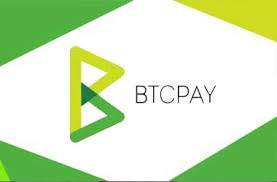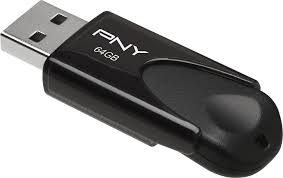How Do We Gain Mass Adoption For Cryptocurrency? Let’s Start With Merchants, First.
Cryptocurrencies have a high barrier to entry.
The underlying technology is complicated, and some claim Bitcoin was initially designed to be inefficient for the sake of providing a trust anchor – creating challenges for smart contracts platforms looking to expand the capacity of blockchains to the world of applications.


As a result, Dapp user numbers continue to remain endemically low. Despite trending narratives like decentralized finance garnering more attention than blockchain-based games and other apps, the road to mainstream adoption remains an arduous task.
Cryptocurrencies, specifically Bitcoin, remain an invention of money more than anything else.
Mainstream app users are not familiar with the advantages that ‘unstoppable applications’ that run on Ethereum offer, nor do they care.
Bitcoin and other cryptocurrencies are not explicitly payment technologies, but fostering more widespread adoption of them by merchants and e-commerce stores might serve to supplement their growth well.
E-commerce is enormous and only snowballing. Retail e-commerce sales are projected to reach nearly $5 trillion globally by 2021, and the advent of better technology, more mobile phone commerce, and dominance of international providers like Amazon will only accelerate that trend.
Fiat payment rails are more than sufficient for the current iteration of e-commerce as payment processors like Visa, Mastercard, and PayPal are integrated with virtually every major e-commerce platform.
If the opportunity for a turning point in the adoption of cryptocurrencies presents itself, it will be because of some monetary advantages they have over conventional payment methods.
For example, according to Shopify, PayPal-enabled merchants accept 79.1 percent of their payments via PayPal.
For domestic payments, PayPal charges a 2.9 percent fee based on the transaction amount plus a fixed fee based on the currency used. For international business, the fee raises to 4.4 percent of the transaction. Fees are not surprising, and consumers and merchants have become accustomed to them with nearly every purchase.
Kroger – the popular supermarket chain – recently announced that they would no longer be using Visa in select stores due to transaction fees. Moreover, Bloomberg reported that retailers pay approximately $90 billion in payment processing fees per year.
Some crypto fans say that cryptocurrencies can provide potential advantages in both fees and censorship, even though they also come with limitations.
First, they have minimal fees as no third-party payment processor is taking a percentage – fees only consist of on-chain transaction fees which are usually a few cents.
Second, since Bitcoin is decentralized and there is no third-party controlling the legacy cryptocurrency, there is no censorship. As the saying goes ‘not your keys, not your Bitcoin.’ If you own your private keys, you don’t have to worry about your transaction not going through, being delayed, or reversed.
So, what’s holding back Bitcoin and other cryptocurrencies from being widely accepted among merchants?
Well, we can basically break that down into three primary categories: not enough awareness/users, high barrier to entry, and inconvenience in converting between fiat and crypto.
Reducing the barrier to entry by building better payment solutions with crypto will eventually lead to more awareness and users. Web extensions for using Bitcoin’s LN like Lightning Joule and Casa are already available for easy and instant payments over the web, and BTCPay Server is compatible with leading e-commerce platforms as a plugin – such as WooCommerce, Magneto, and Drupal.
“Accepting cryptocurrency payments leaves more money in the pockets of artists and fans, who’ve been unjustly extorted for too long”, says EventChain CEO, Ashton Addison. “When other retailers realize they don’t need to pay outrageous processing fees. by tapping into a global decentralized payment network, they will adopt crypto payments as well.”
That leaves the biggest problem: the inconvenience of converting between fiat and crypto.
Most merchants do not wish to ‘hodl’ long-term digital assets, and would instead prefer quickly turning received crypto payments back to fiat. Merchants typically have to go through cryptocurrency exchanges, which charge fees themselves, do not have good security track records, and are another third-party in an ecosystem predicated on reducing the roles of third-parties.
Self-hosted payment processor BTCPay Server has a fiat-conversion functionality on their roadmap, but for now, the problem is a marked impediment to further merchant adoption of cryptocurrencies. However, Bitpay has been pioneering an easy way for merchants to easily gain access to accept cryptocurrency payments and instantly convert to fiat for only a 1% fee.
Cryptocurrencies cover a lucrative opportunity of potential technical solutions in everything from advanced privacy to decentralized finance. However, at the industry’s core, Bitcoin remains the flagship cryptocurrency that is empirically an invention of money.
Payments may not be its most attractive property, but more merchant adoption in an increasingly connected globe of e-commerce is sure to be a critical gauge of furthering its mainstream adoption.
One of the most notable realities is that regulation is needed before any sides of the marketplace can switch their payment system completely.
Please sound off below! What do you think the best way to gain merchant adoption’? Do you think we need to focus on something else first? Let me know in the comments.

























